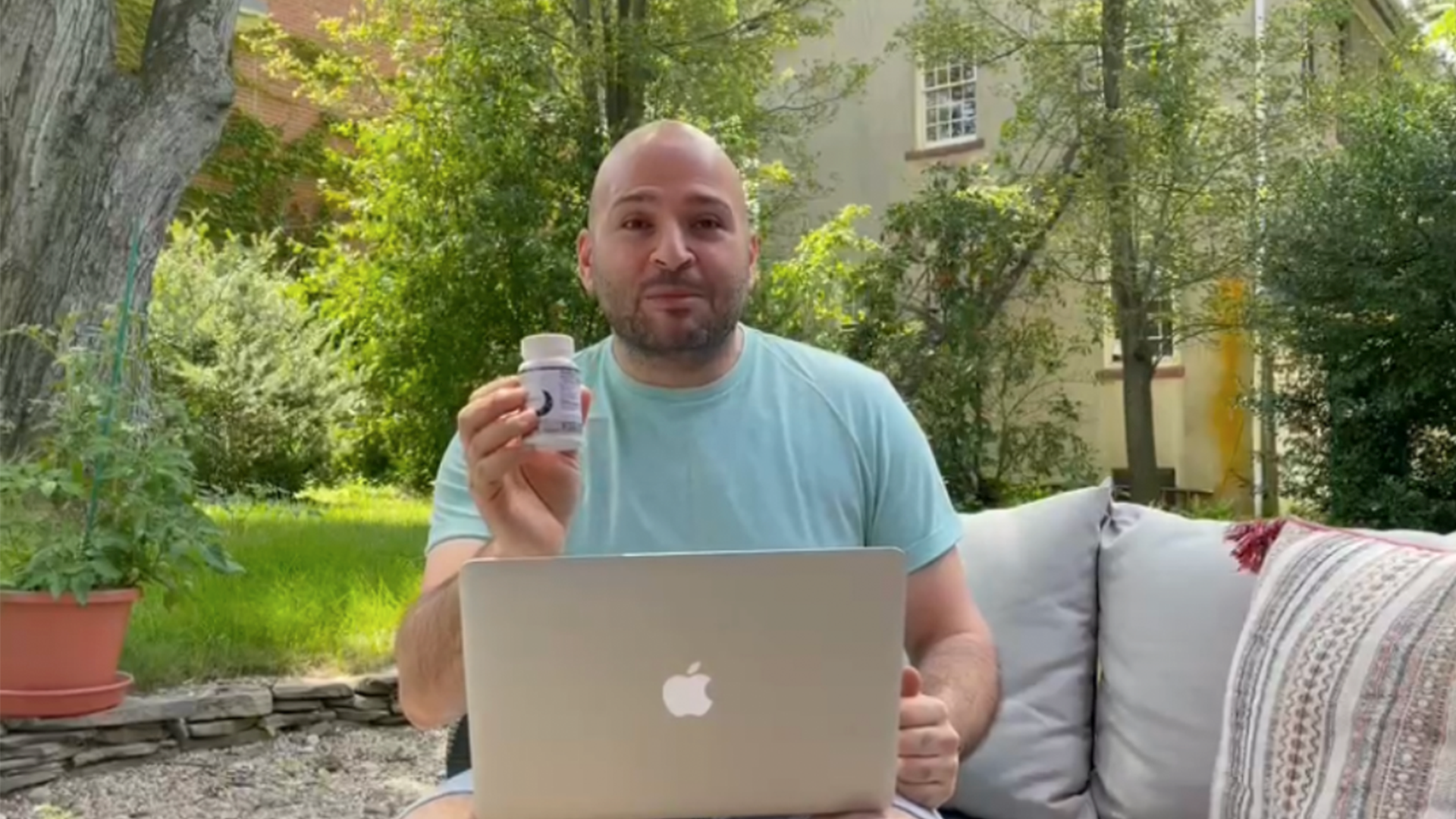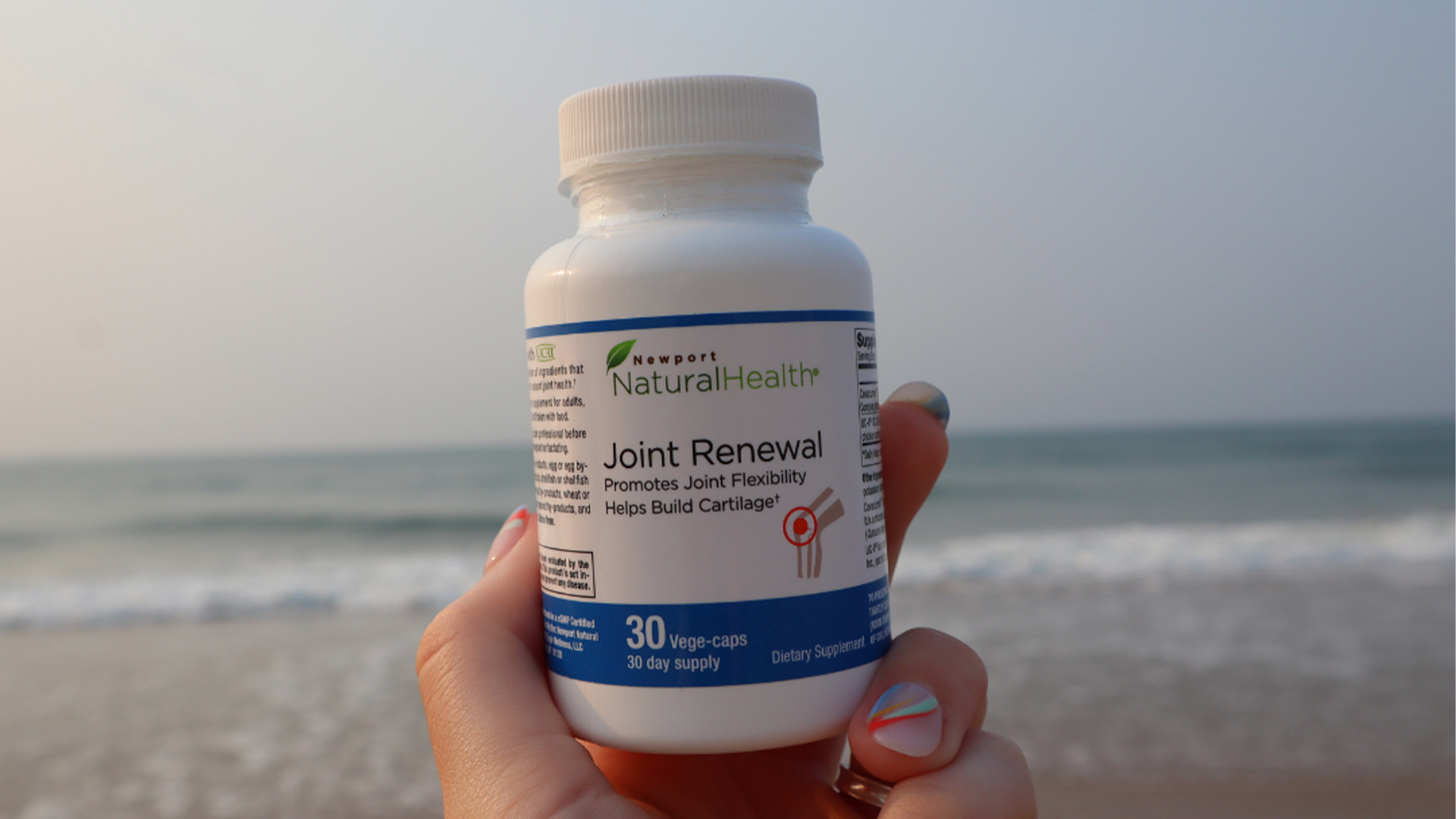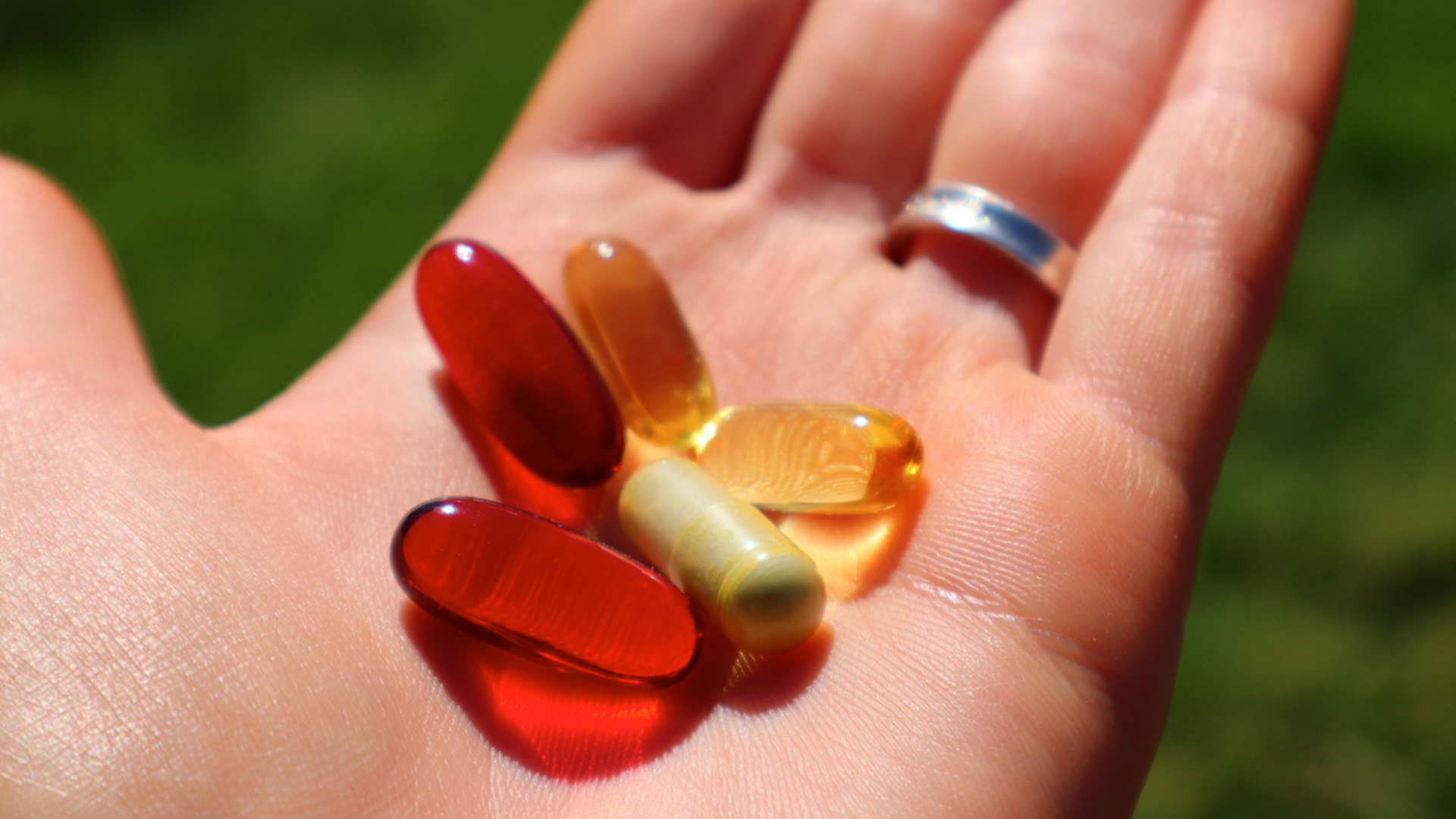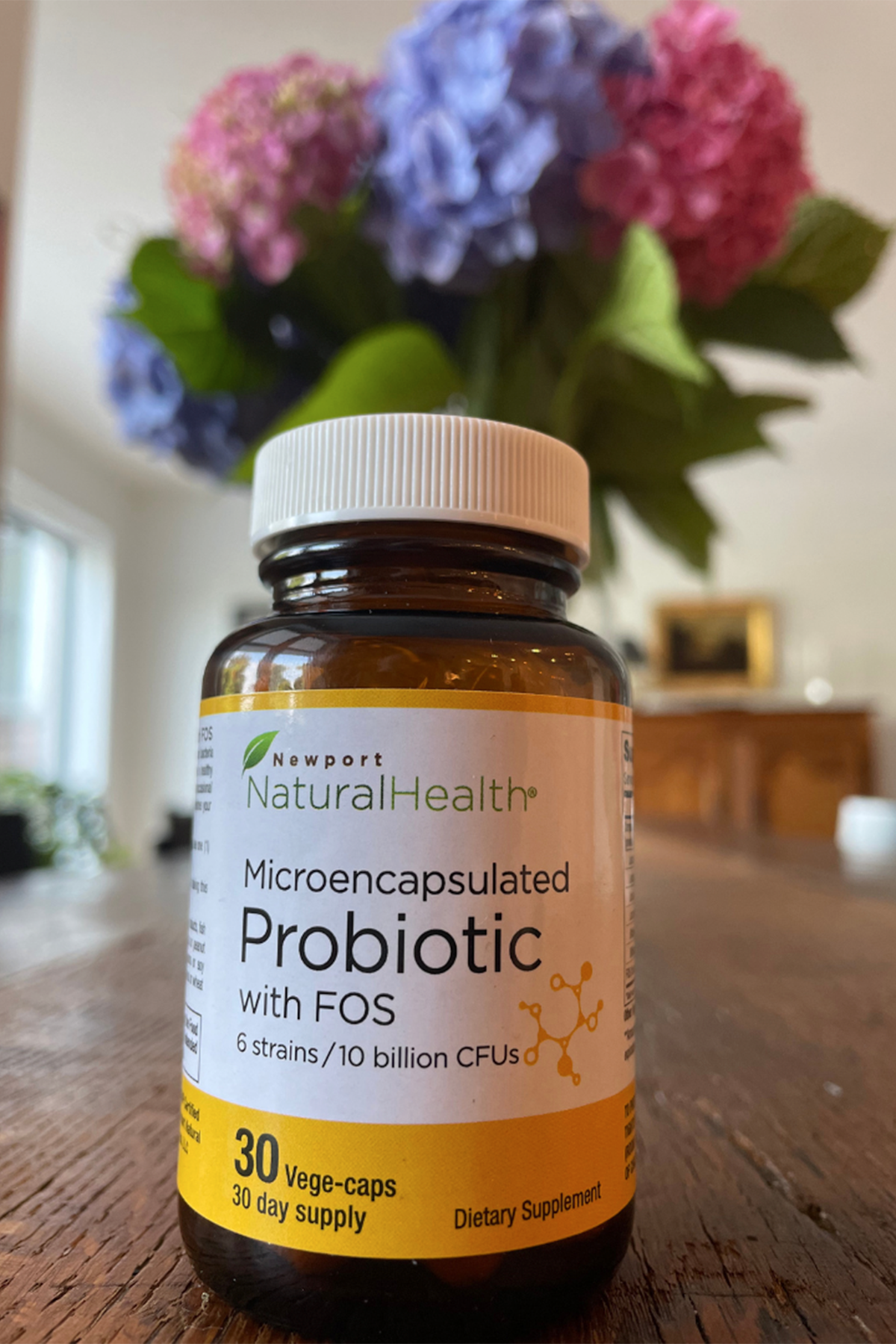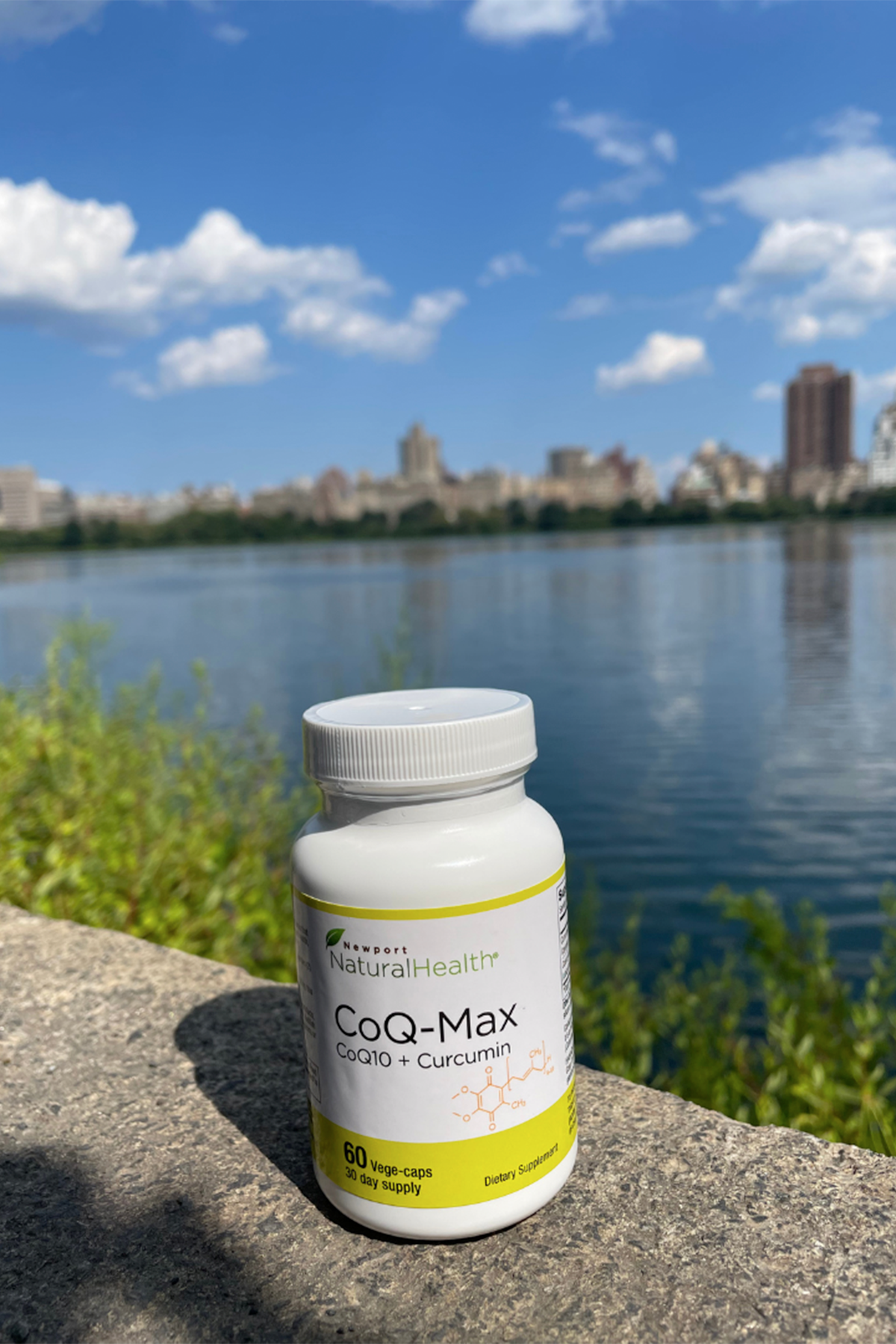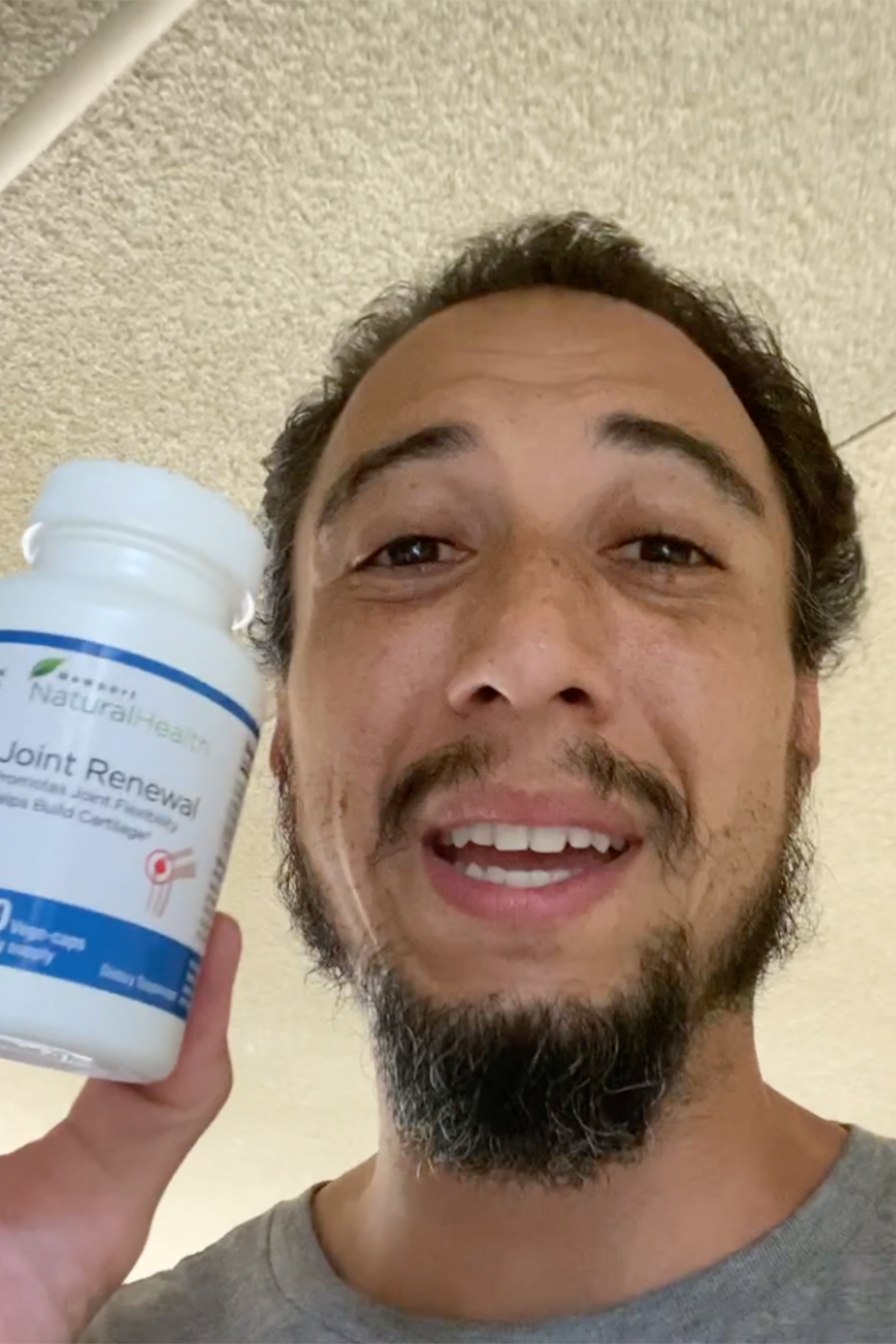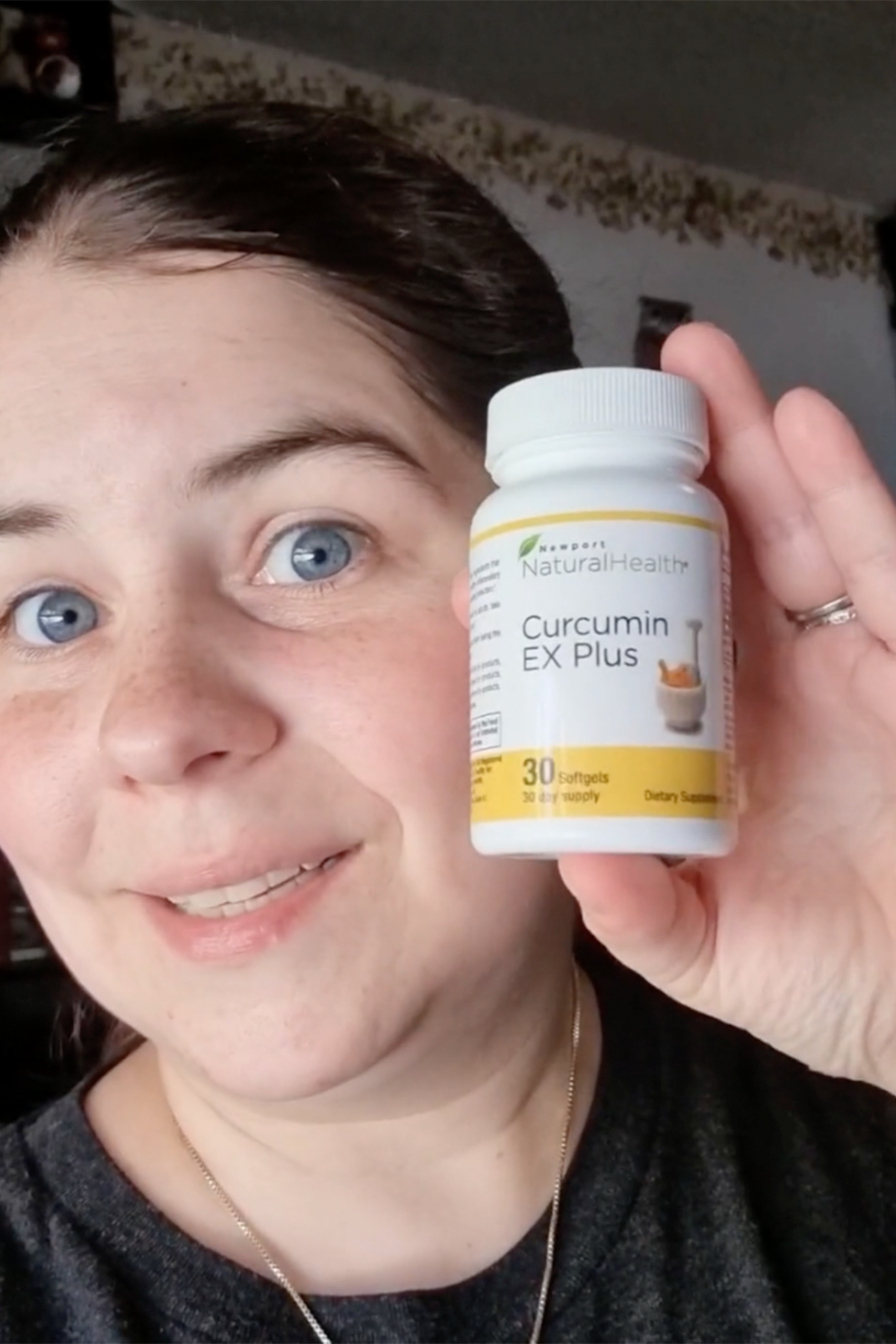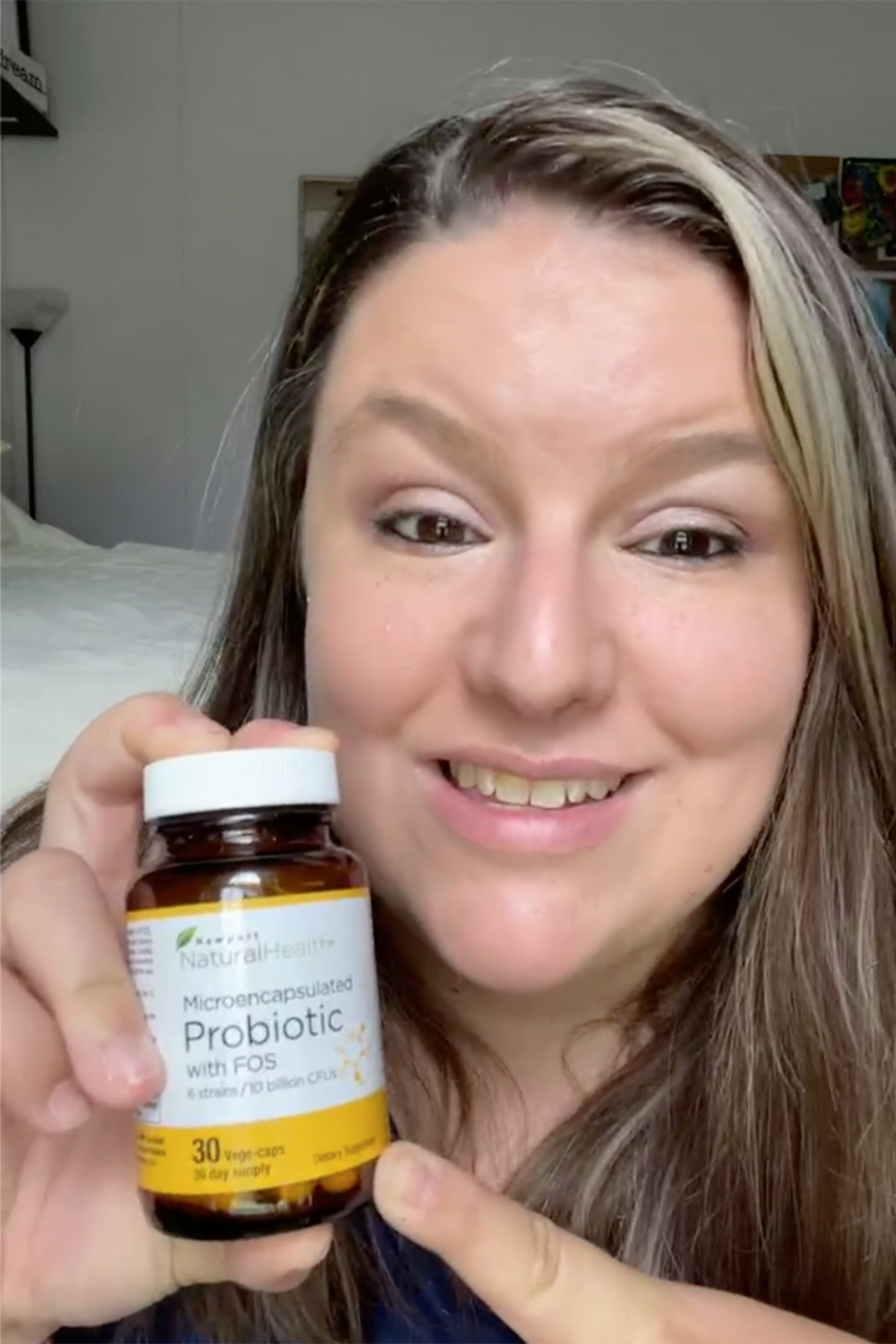If we’re serious about taking charge of our own health, we need to know the tools that help us understand it. Chief among them are blood tests. Each one gives us an invaluable look into the amazing inner workings of our bodies. There are far too many to cover in this space, so today, we’ll look only at the very common test for blood levels of cholesterol, high density lipoprotein (HDL,) low density lipoprotein (LDL,) and triglycerides.
Cholesterol 101 and the Lipid Panel
Cholesterol used to be considered one of the baddest of bad guys—the sticky, gooey stuff that clogs up our arteries with plaque and leads to heart disease. Any food, drink, or medication that claimed to lower cholesterol had its moment of marketplace glory.
Now we know it’s not that simple.
The cholesterol we call high-density lipoprotein (HDL) is absolutely essential to good health, so you’ll see it called “good” cholesterol. Our bodies use the sun’s UV rays to convert this “good” cholesterol into vitamin D3 and to produce other vital hormones.
Low-density lipoprotein, (LDL) on the other hand, is the true bad guy that does, as we previously thought, clog our arteries, playing a significant role in heart diseases and other health threats.
Antioxidants and free radicals—the secret to minimizing cholesterol threats
A free radical is any molecule that has an uneven number of electrons. That’s an unstable condition, because unpaired electrons are like magnets in search of some other molecule’s unpaired electrons.
Free radicals are promiscuous, not all that picky about choosing partners. That’s why they’re called “free” radicals.
This act of stealing electrons causes a process called oxidation—the same process that turns a sliced apple brown and creates rust on metal.
When free radicals oxidize your LDL cholesterol, it becomes especially sticky and hardens into the stuff we ultimately call plaque.And it’s one of the biggest heart health dangers.
A standard battery of cholesterol blood tests doesn’t look at free radicals and it can’t really tell how much of your LDL cholesterol has been oxidized into plaque, but if your tests show elevated LDL cholesterol, step one is to get them under control. And step two is to make sure you’re eating a diet high in antioxidants.
You’ve heard of antioxidants, of course. Their job is to find free radicals and pop one or more of their own electrons into the empty space that makes the free radical free. In other words, antioxidants can help prevent the oxidation that turns LDL cholesterol into a building block for heart-threatening plaque.
When there are more free radicals than antioxidants in your bloodstream, the free radicals can run amok and start damaging fatty tissue, DNA, and other proteins in your body. But back to your cholesterol tests.
Here are the scores you’ll see when your doctor explains your test results. If any measures signal potential or current trouble, you and your doctor can work out a plan to make or keep you healthy.
HDL Cholesterol
| Best | Above 60 mg/dL |
| Good | 50 to 60 mg/dL |
| Poor | Below 50 mg/dL |
So if your good HDL cholesterol is low, what do you do?
Here are healthy ways to raise your good HDL cholesterol.
As always, when it comes to our health, a healthy diet is king.
So aim for the Mediterranean model—limited meat with increased oily fish; healthy oils, like avocado, coconut, and walnut oils; and way more fruits and vegetables than the standard American diet, which is abbreviated SAD for good reason.
Of course, it goes without saying that everyone, everywhere, should:
- Exercise regularly, even just a 10-15 minute walk a day
- Stop smoking
- Lose weight if you’ve got more than your healthy share
- Go easy on the alcohol
Just these few easily doable lifestyle changes can move the needle toward increasing your HDL level.
LDL cholesterol
| Optimal | Less than 100 mg/dL |
| Good | 100 to 129 mg/dL |
| Borderline high | 130 to 159 mg/dL |
| High | 160 to 189 mg/dL |
| Very high | Above 189 mg/dL |
Reducing bad cholesterol in good ways
The Mediterranean diet, the DASH (Dietary Approaches to Stop Hypertension) diet, and the Ornish Diet (low in meat and dairy) have all been successful in reducing high LDL.
One study found that a balanced diet did just as well as statins, the widely used prescription medicine, at reducing bad cholesterol. Another showed that a multipronged approach (diet, exercise, stress reduction, and social support), while challenging to maintain, can lower LDL by nearly 40 percent, and even cause plaque in arteries to shrink—which not even statins have been proven able to do.
Statins and other drugs can reduce LDL production by as much as 70 percent, but they should never take precedence over diet and lifestyle changes. When it comes to cholesterol, prescription drugs should always be a last resort. There are unpleasant side effects, which might help explain the 25 percent dropout rate among patients on statins.
Another effective and trouble-free remedy for high LDL is to add 3–5 grams daily of a good quality omega-3 supplement. It will do more than reduce LDLs—it’s a powerful preventive and healer that works wonders for your overall health.
There’s another critical measure of what’s going on in your bloodstream.
Triglycerides 101
Triglycerides are the fats created after foods are broken down and converted into excess sugar. They’re the main form of fat stored in our bodies.
When you need an energy boost and there’s no food available, your body goes to those stored triglycerides for fuel.
It’s essential to have a healthy triglyceride balance—too many and you end up with excess fat in your bloodstream (and your midsection), which can lead to unhealthy weight gain, pre-diabetes and diabetes, heart disease, and all the usual bad outcomes.
Too few triglycerides, on the other hand, impede or prevent many other essential processes in the body, such as the absorption of vitamins A, D, E, and K. These vitamins are involved in everything from the recycling of calcium to the production of beneficial blood clots. Think of triglycerides as workhorse transporters of oxygen to those vitamins, minerals, and other essential nutrients—or as catalysts for essential cell activity.
Here’s the scorecard.
Triglycerides
| Healthy | Below 150 mg/dL |
| Borderline | 150-199 mg/dL |
| High | 200-499 mg/dL |
| Very high | Above 500 mg/dL |
Managing triglyceride levels
Here’s a refreshingly simple recommendation for lowering high triglycerides: Eat better and get more exercise.
Here are some guidelines:
- Moderate exercise: Try to exercise five or more days each week—even if that means a slow stroll around the block after dinner. Talk to your doctor before you begin any exercise plan.
- Watch your weight: If you’re carrying extra pounds, losing even 5 to 10 percent of your weight can reduce your triglycerides. People with a healthy weight are more likely to have normal levels. Belly fat is associated with higher numbers.
- Eat less bad fat: Try to lower the bad fats, trans fats, and bad cholesterol in your diet. Cutting back on carbohydrates will help, too.
- Drink less alcohol: Beer, wine, and liquor can raise levels. Some studies show that more than one drink a day for women or two for men can increase levels by a lot.
- Eat fish: Mackerel, lake trout, herring, sardines, albacore tuna, and salmon are high in omega-3s, a fat that’s very good for you. It’s hard to determine how many omega-3s you get from food, so your doctor may recommend a supplement. Typically 3–5 grams of omega-3s per day is considered a therapeutic dose.
The summary metric: your total cholesterol ratio
Your total cholesterol ratio is calculated by dividing your total cholesterol by your HDL score. For instance, if your total cholesterol is 180 and your HDL is 82, your cholesterol ratio is 2.2.
Your lab or doctor will crunch the numbers for you. The ratio can help you know if you’re consuming too much or too little good and bad cholesterol, and also serves as a predictor of risk for heart attack.
Here’s the predicted risk, according to your total cholesterol ratio.
| Men | Women |
| 5.0 average risk | 4.4 average risk |
| 3.4 half the average risk | 3.3 half the average risk |
| 9.6 twice the average risk | 7.0 twice the average risk |
Cholesterol is only part of the picture
It’s important that you take blood test results as critical, but not the sole indicator of risk.
The groundbreaking Framingham Heart Study showed that around half of all heart attack patients have normal cholesterol. It’s just one of the countless health variables in play among the threats posed by many diseases. Indeed, chronic inflammation and high blood pressure, for example, are far more damaging and dangerous than unhealthy cholesterol levels.
But when they’re doing their dirty work together, it obviously makes matters far worse.
Wrapping up
I hope this gives you a better sense of what happens when your doctor recommends a lipid panel test for your cholesterol levels. It’s pretty much agreed that adults over 35 should be tested every five years, but if your numbers are consistently high, your doctor will likely check them at least annually.
References
- “HDL Cholesterol: The Good Cholesterol” Published NA. Last accessed August 28, 2018.
- “Free Radicals and Reactive Oxygen” Published NA. Last accessed August 28, 2018.
- “How to Lower Your Triglycerides” Reviewed September 1, 2016. Last accessed August 28, 2018.
- “LDL Cholesterol: The ‘Bad’ Cholesterol Explained.” Doc’s Opinion. Published NA. Last accessed August 28, 2018.
- Voiland, Adam. “Lowering LDL Cholesterol” US News. Published February 6, Last accessed August 28, 2018.
- “Cholesterol and Triglycerides: Treating & Managing” Published NA. Last accessed August 28, 2018.
- “Definition of Radical” Chemical Dictionary. Published NA. Last accessed August 28, 2018.
- Fitzgerald, Jenny. “What is cholesterol ratio and why is it important?” Medical News Today. Reviewed March 26, 2017. Last accessed August 28, 2018.
- “Framingham Heart Study” Published April 16, 2018. Last accessed September 6, 2018.
Last Updated: September 18, 2018



